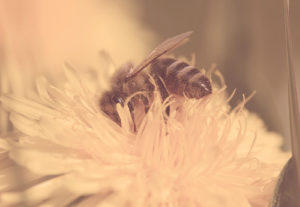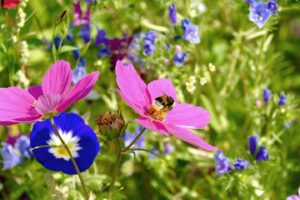
Sauerbrut und dann?
Sauerbrut und dann? Ein Leserbrief in der Bienenzeitung 09/2019 von Christine Carigiet Es kann jeden treffen, sagt man landläufig. Doch es trifft nicht immer jeden. Warum wird mein Volk
Wild honey bee colonies—both truly wild (in trees and buildings) and simulated wild (in smallhives)—were studied to determine their life-history traits, to see if these traits have changed now that these colonies are infested with Varroa destructor . Most colonies (97%) survive summers, but only 23% of founder (first-year) colonies and 84% of established colonies survive winters. Established colonies have a mean lifespan of 5–6 years and most (87%) have a queen turnover (probably by swarming) each summer. A population model shows that these life-history traits produce a stable population of colonies. Remarkably, the suite of colony life-history traits found in the 2010s (with V. destructor ) matches that found in the 1970s (without V. destructor ). It seems likely that the wild colonies living near Ithaca, NY, possess defenses against V. destructor that are not costly.

Sauerbrut und dann? Ein Leserbrief in der Bienenzeitung 09/2019 von Christine Carigiet Es kann jeden treffen, sagt man landläufig. Doch es trifft nicht immer jeden. Warum wird mein Volk

Von André Wermelinger, Geschäftsführer FreeTheBees Es ist Juni. Die meisten Bienenvölker unter natürlichen Bedingungen sind bereits ausgeschwärmt. Konventionell gehaltene Bienenvölker schwärmen weniger und/oder später. Bis Mitte Juni sind noch Schwärme

VSAO Journal ASMAC / Februar 2013 Das unaufhörliche Ballett der Arten Die heute lebenden Arten stellen nur einen winzigen Teil der Gesamtheit der Biodiversität dar, die einmal auf der Erde